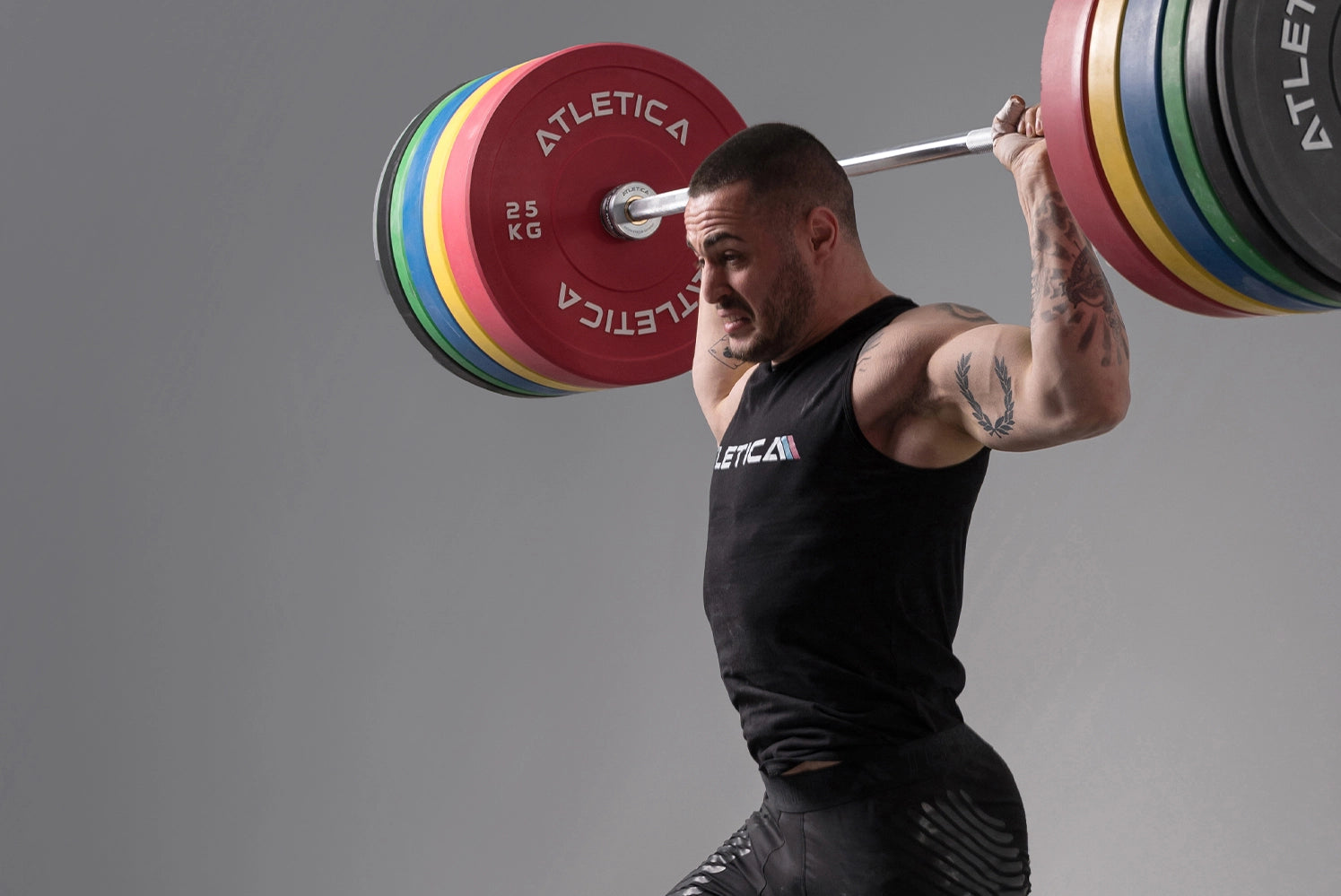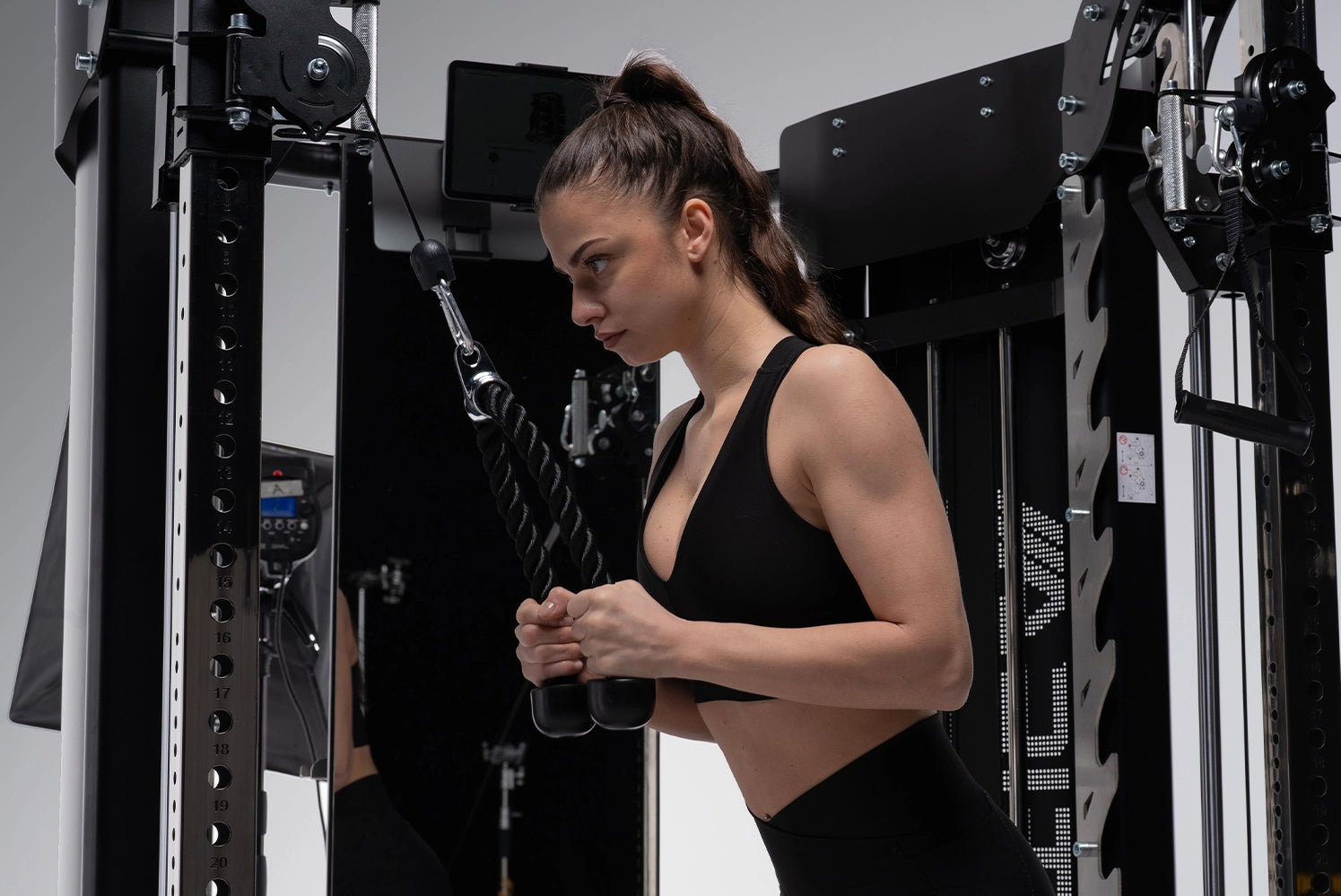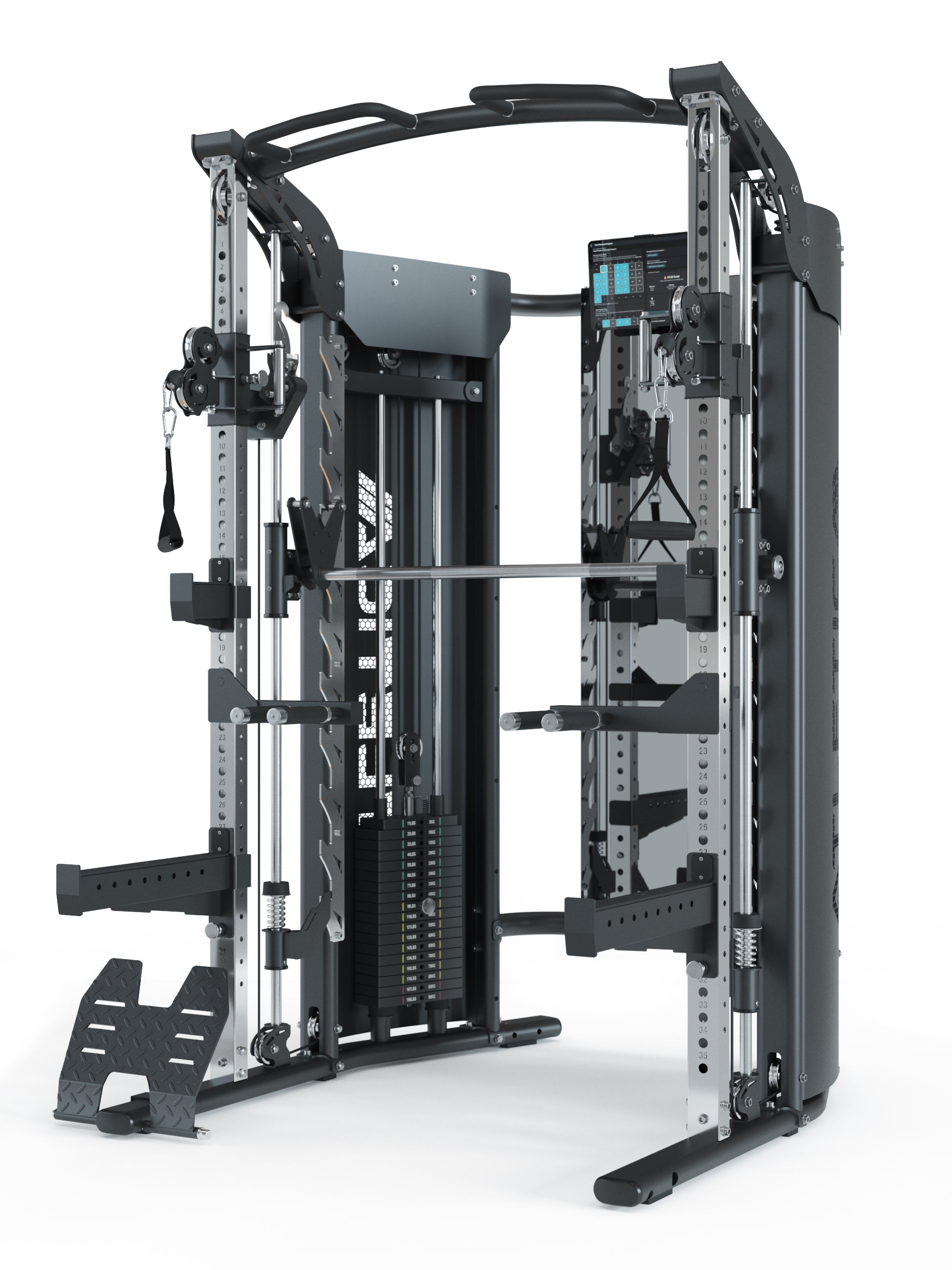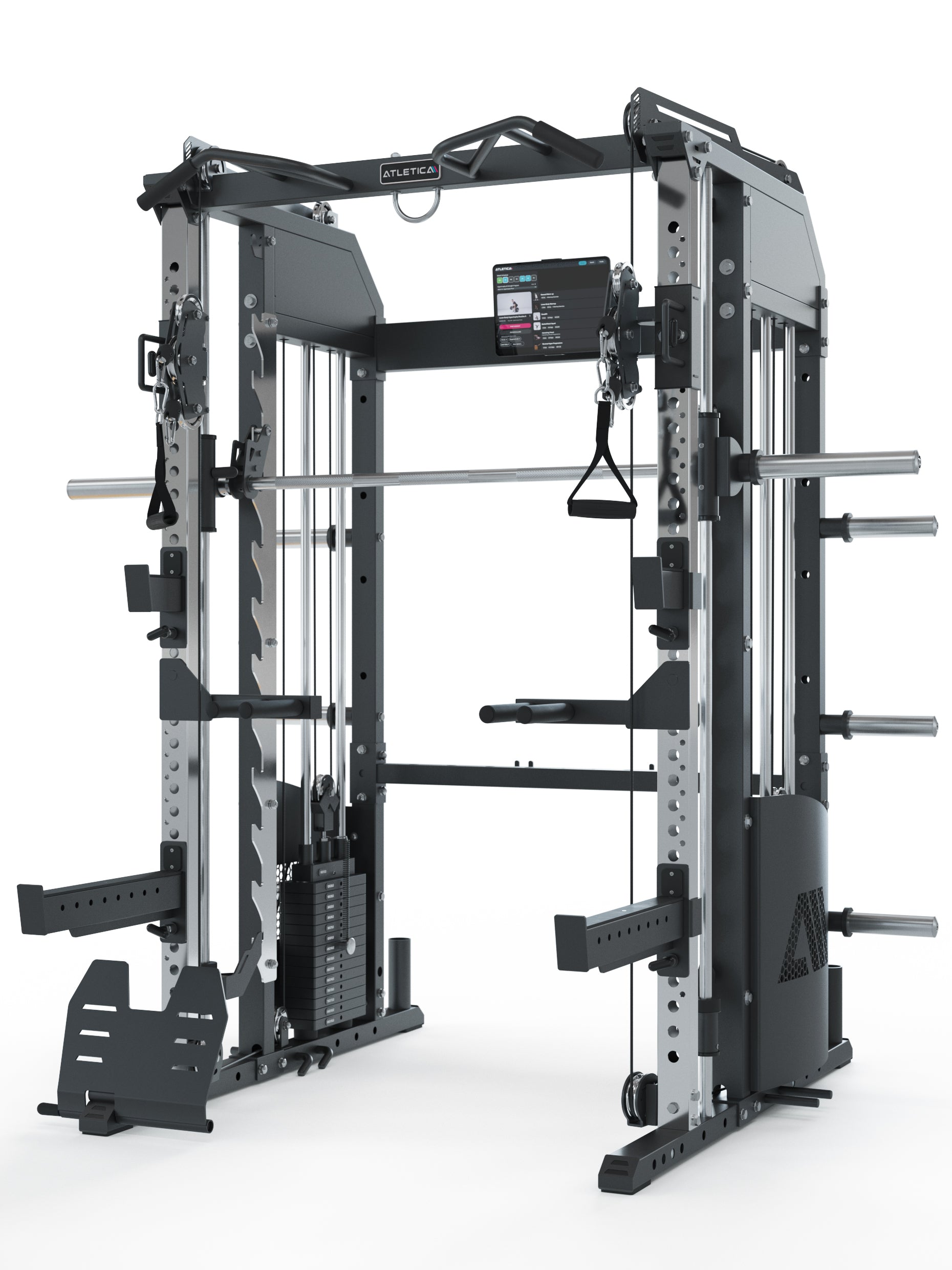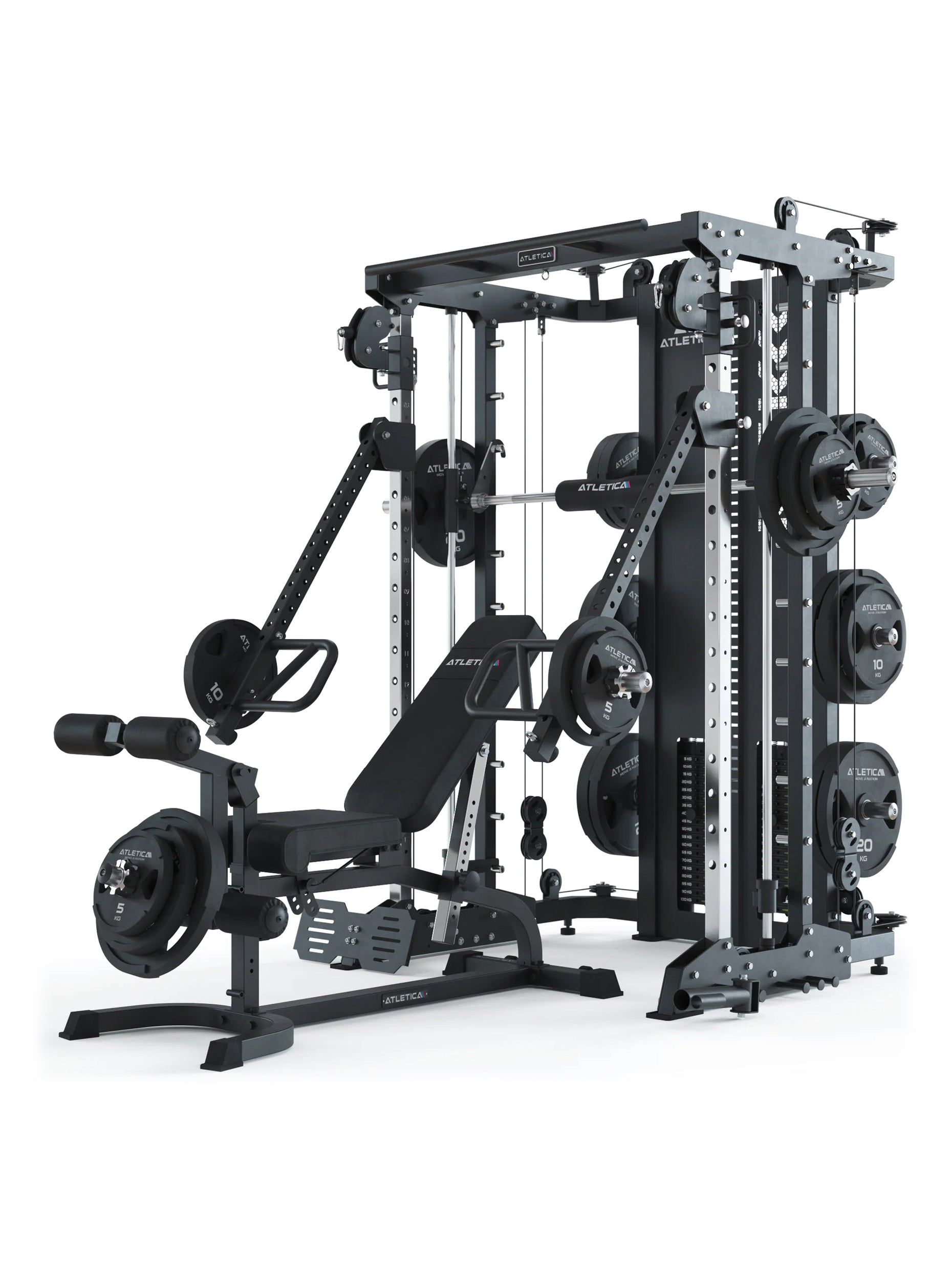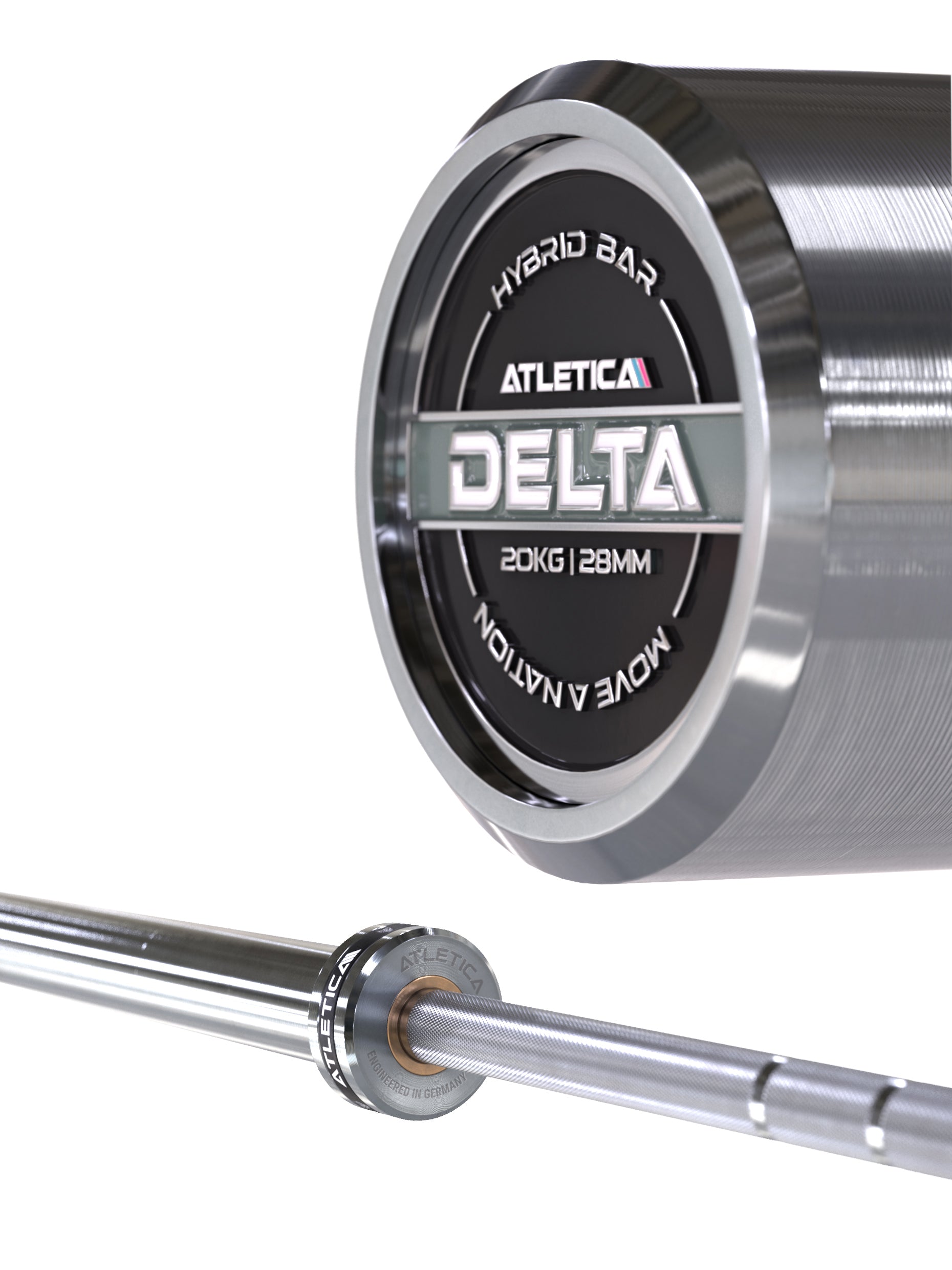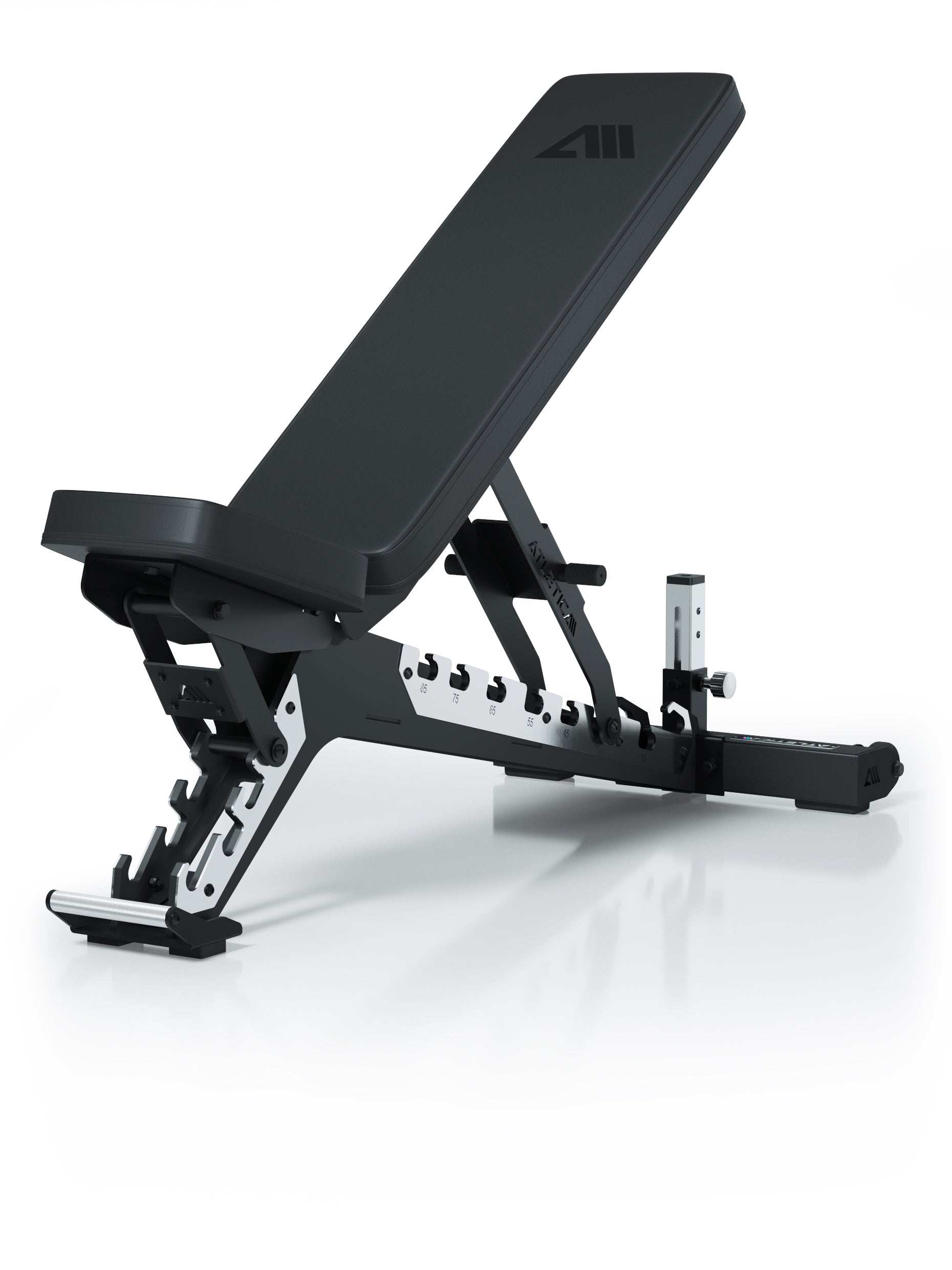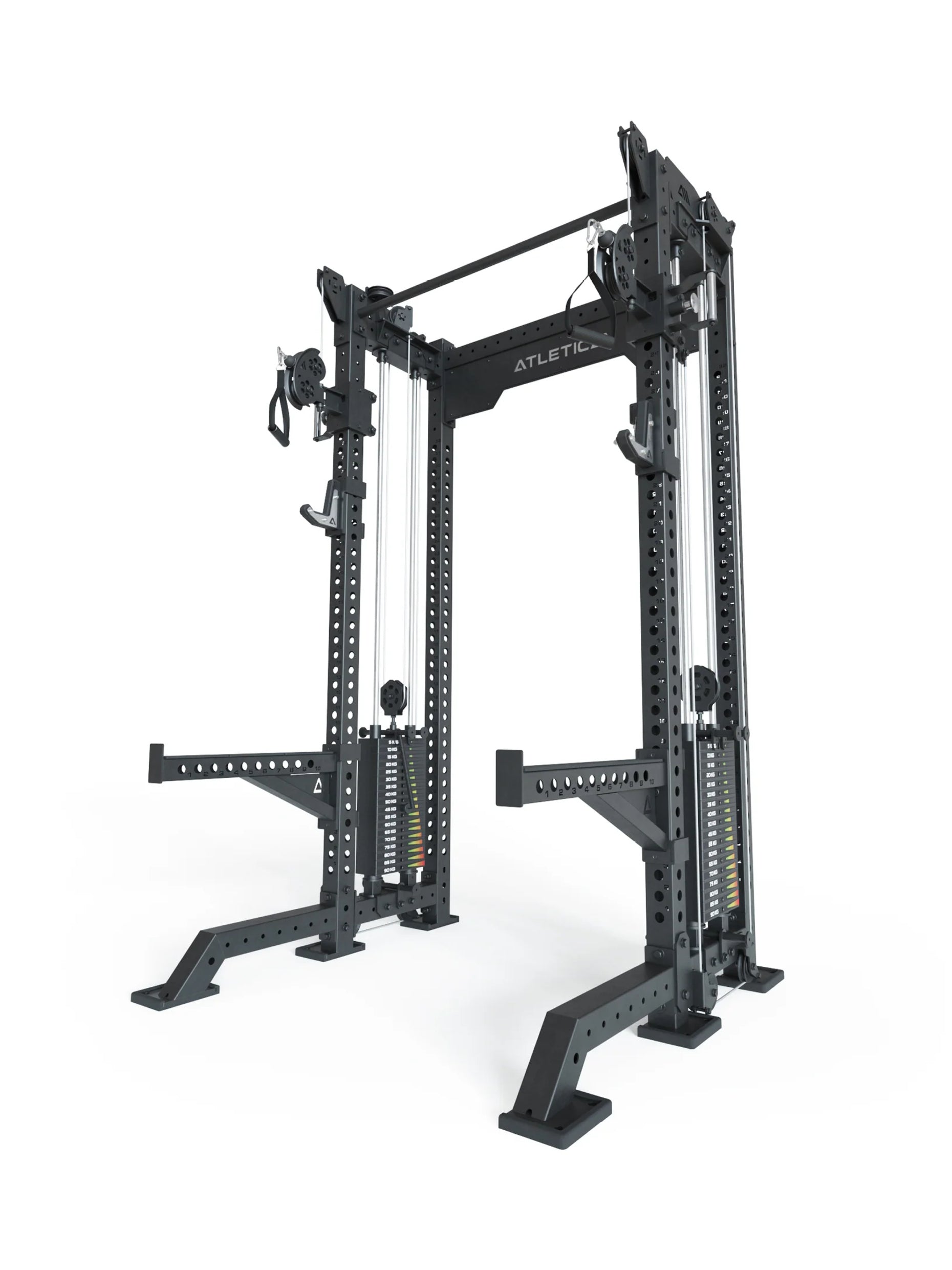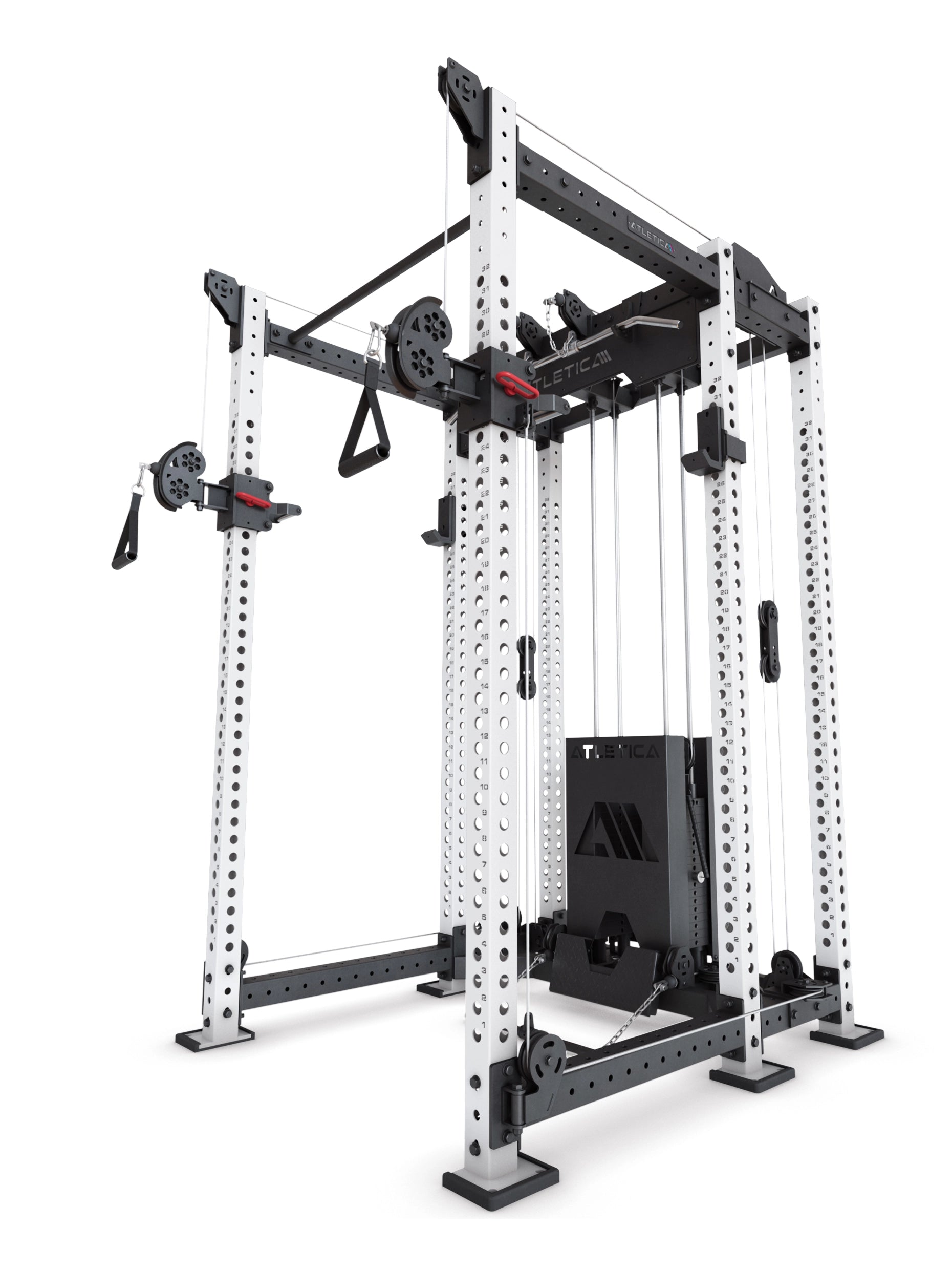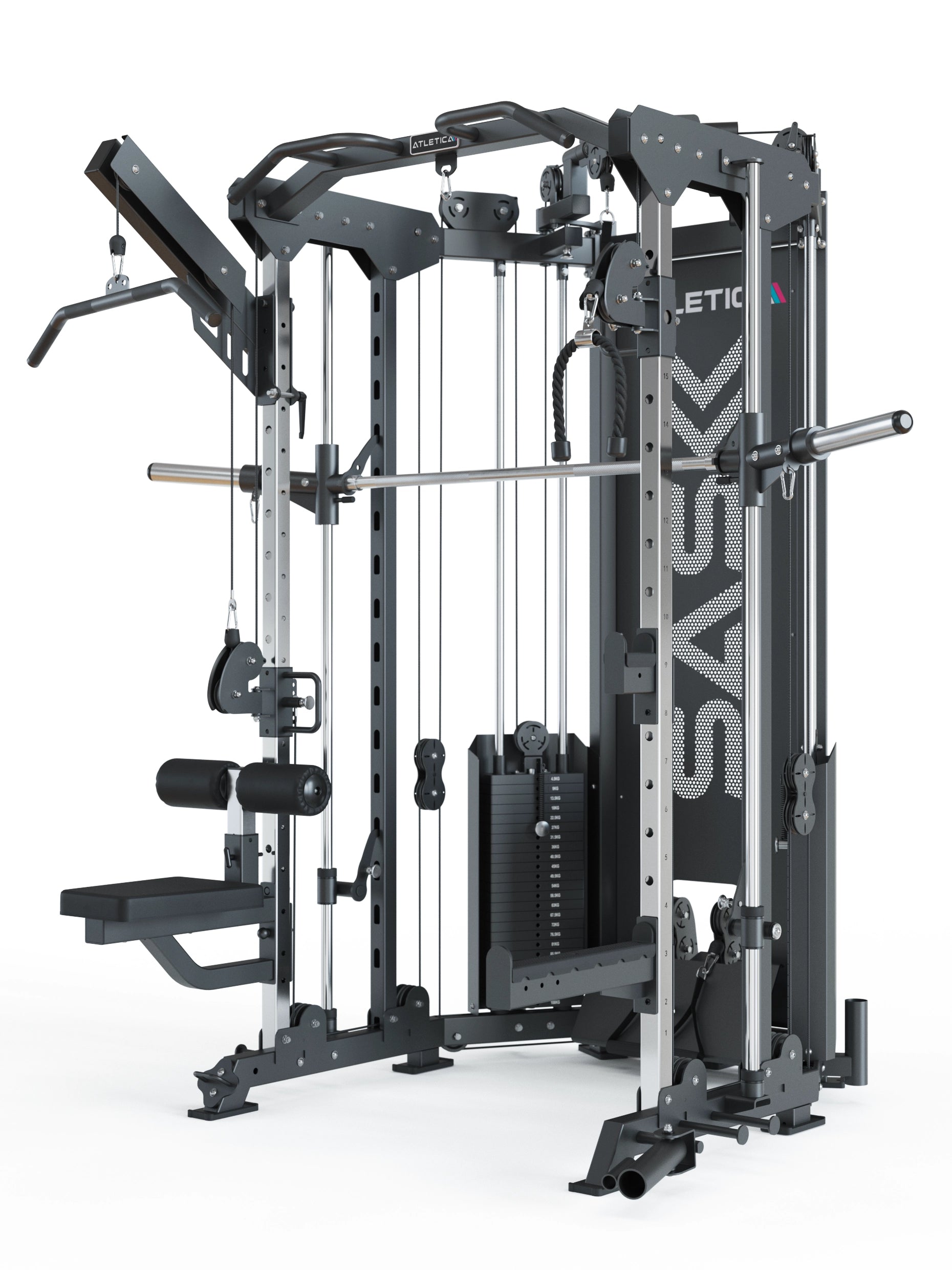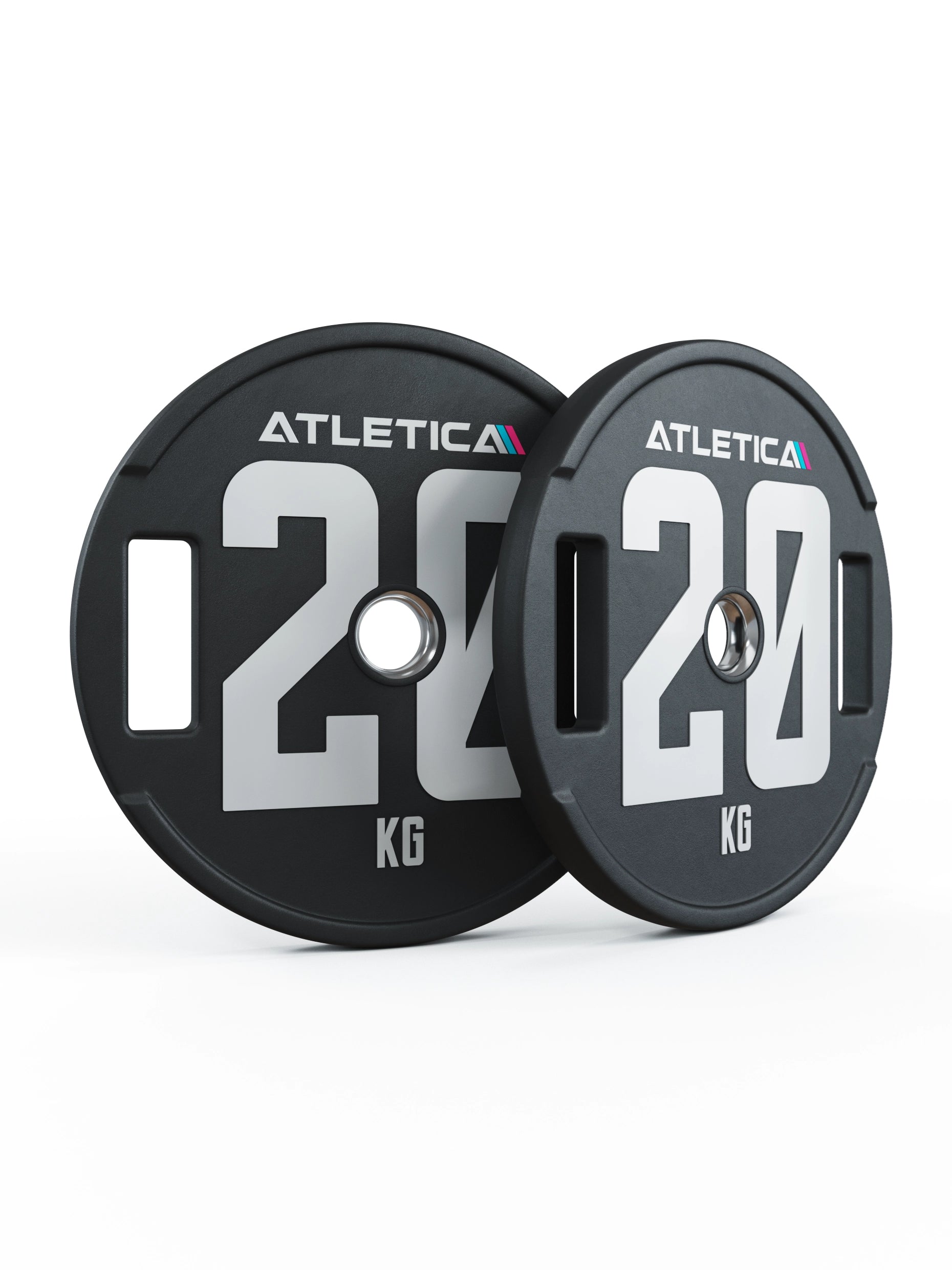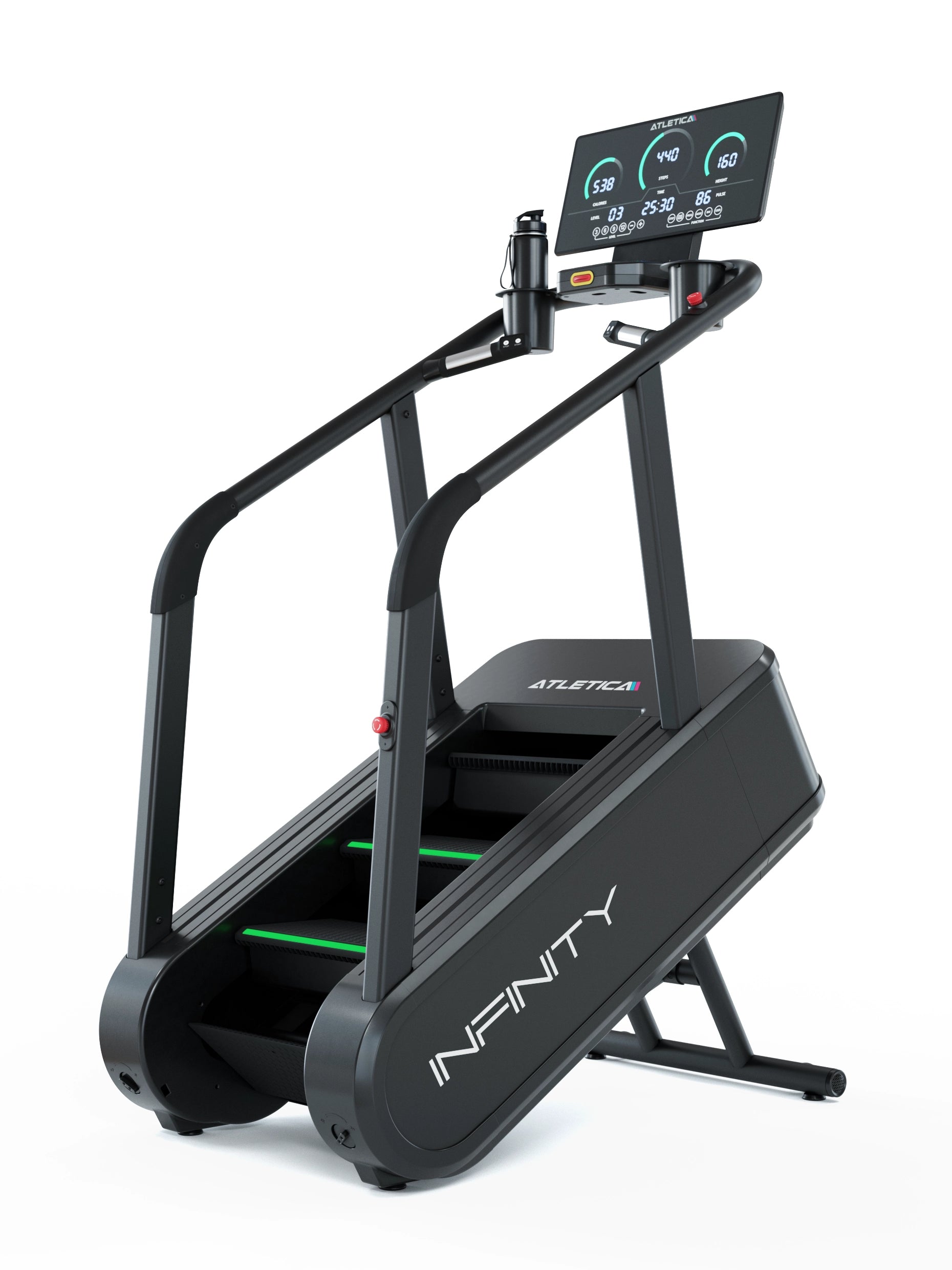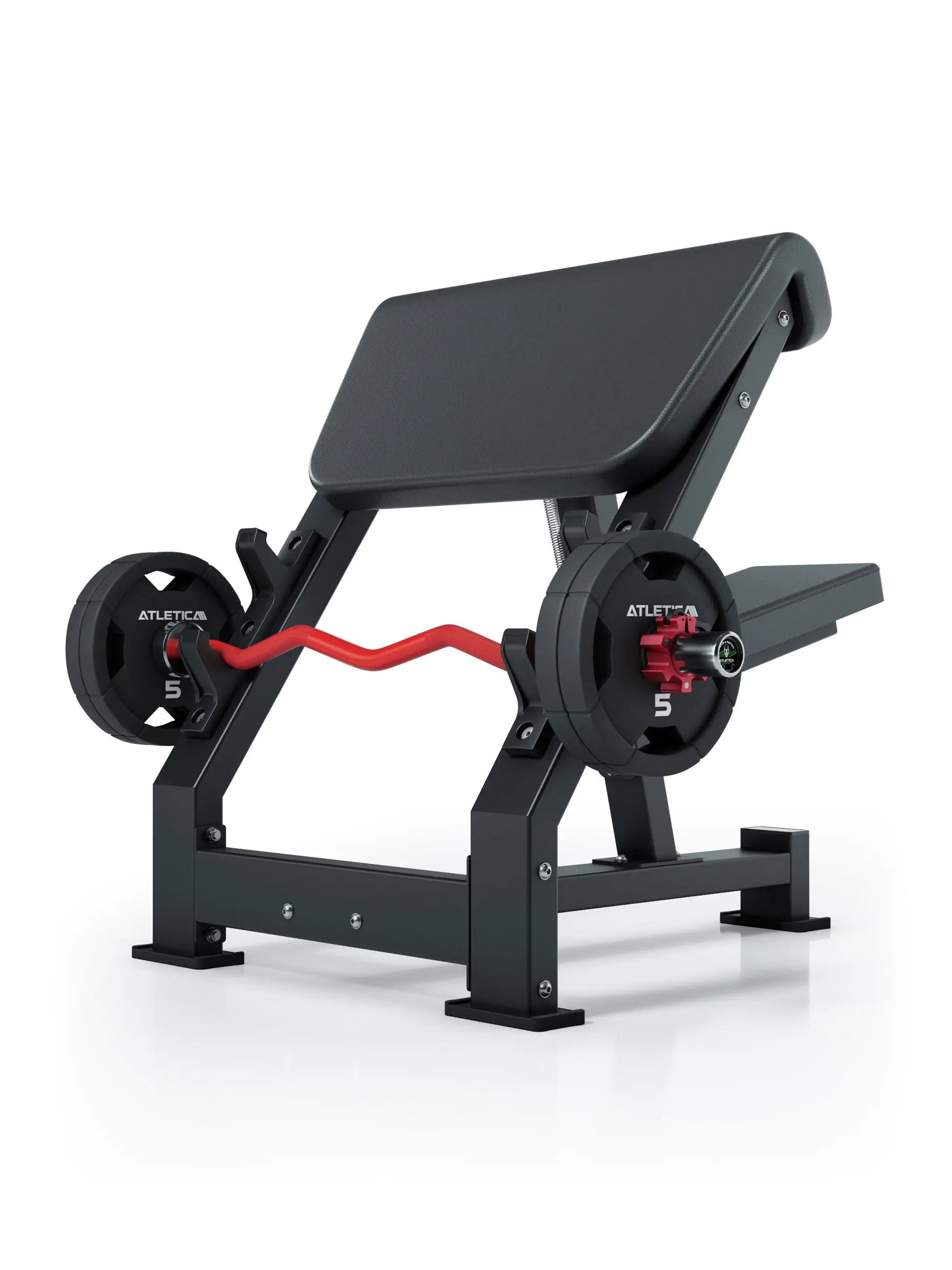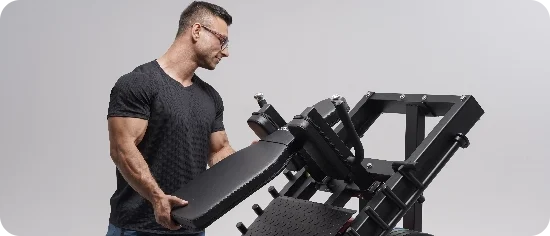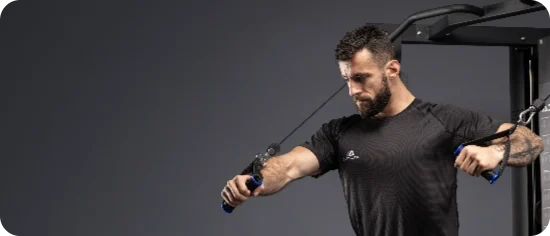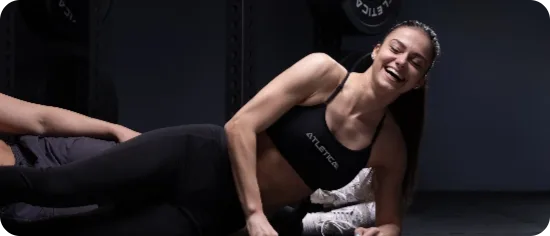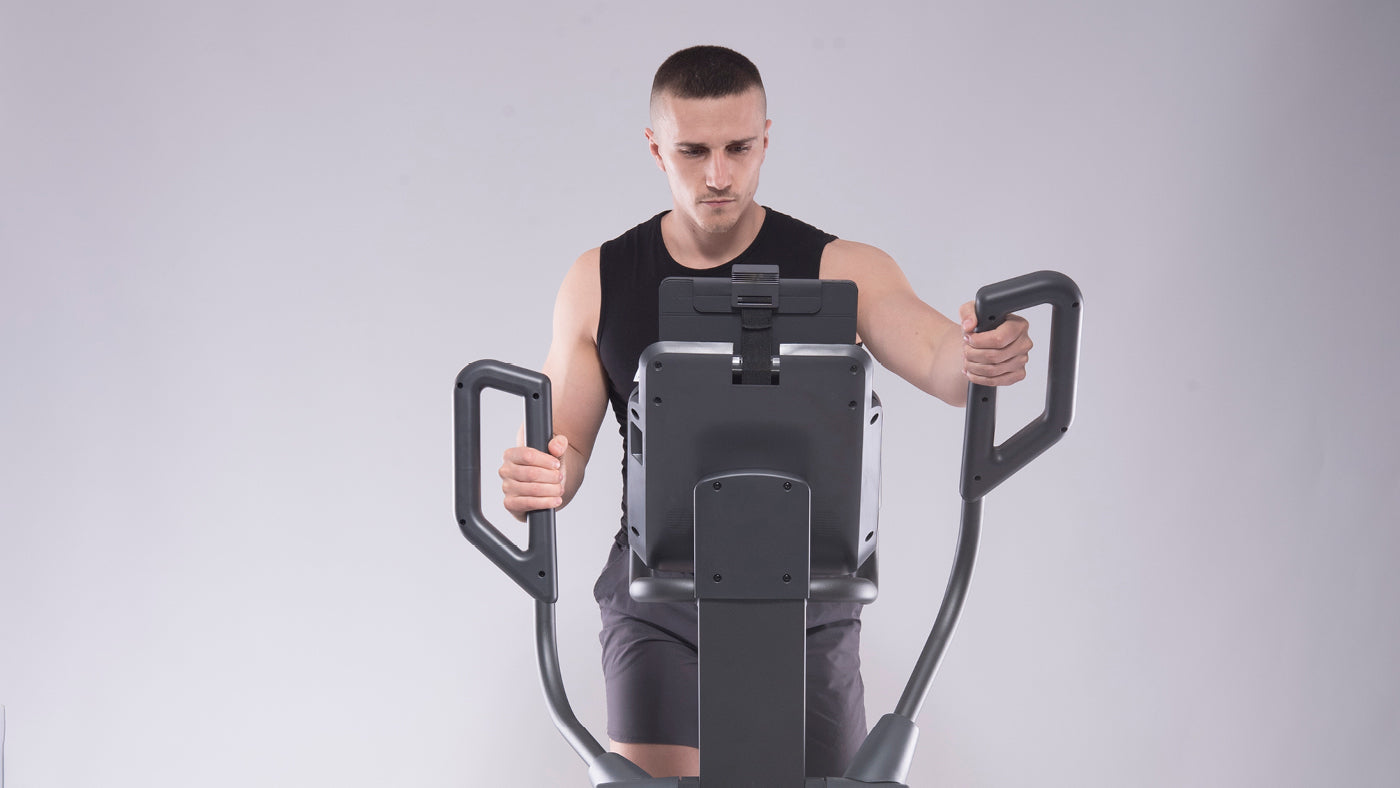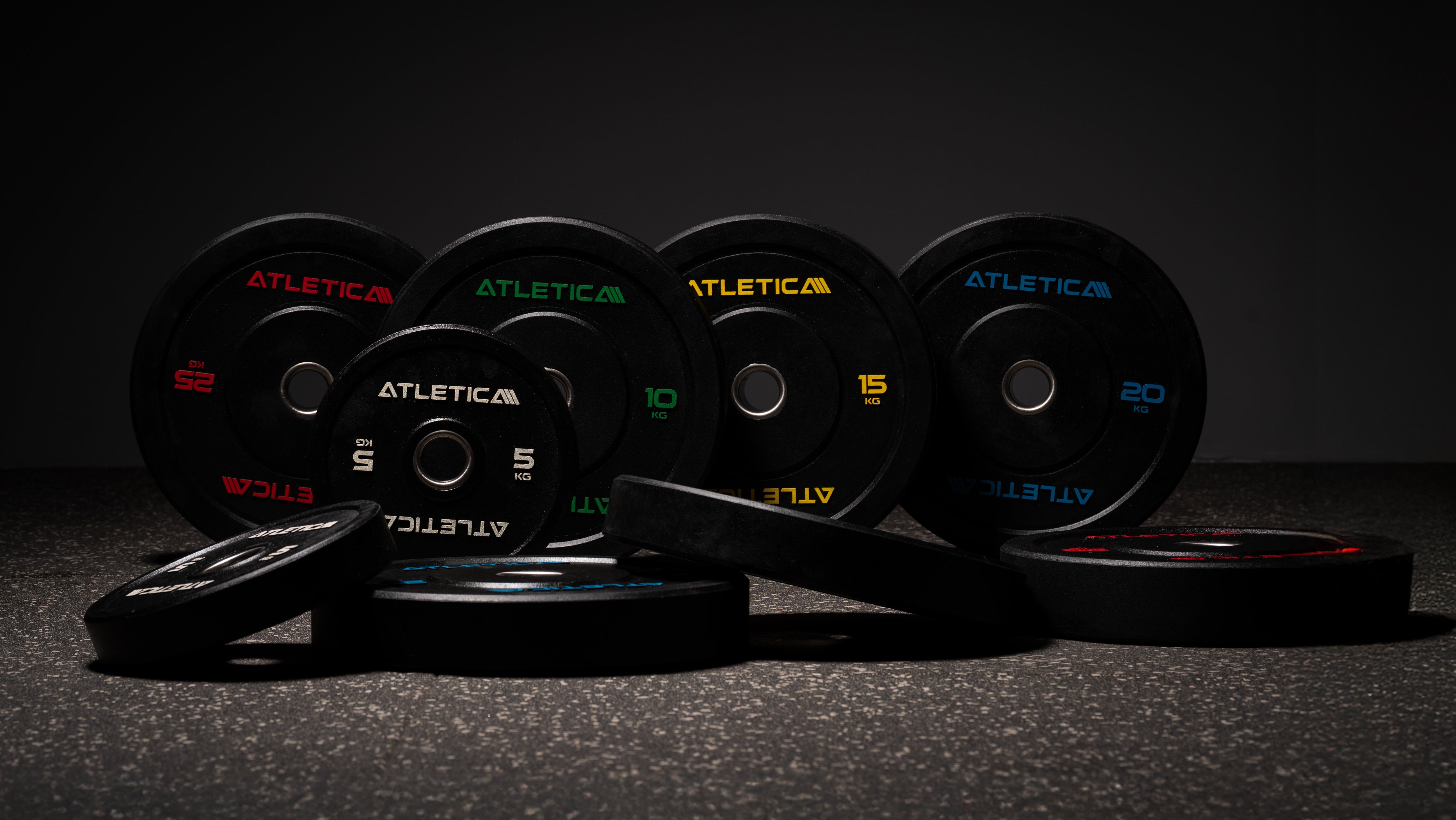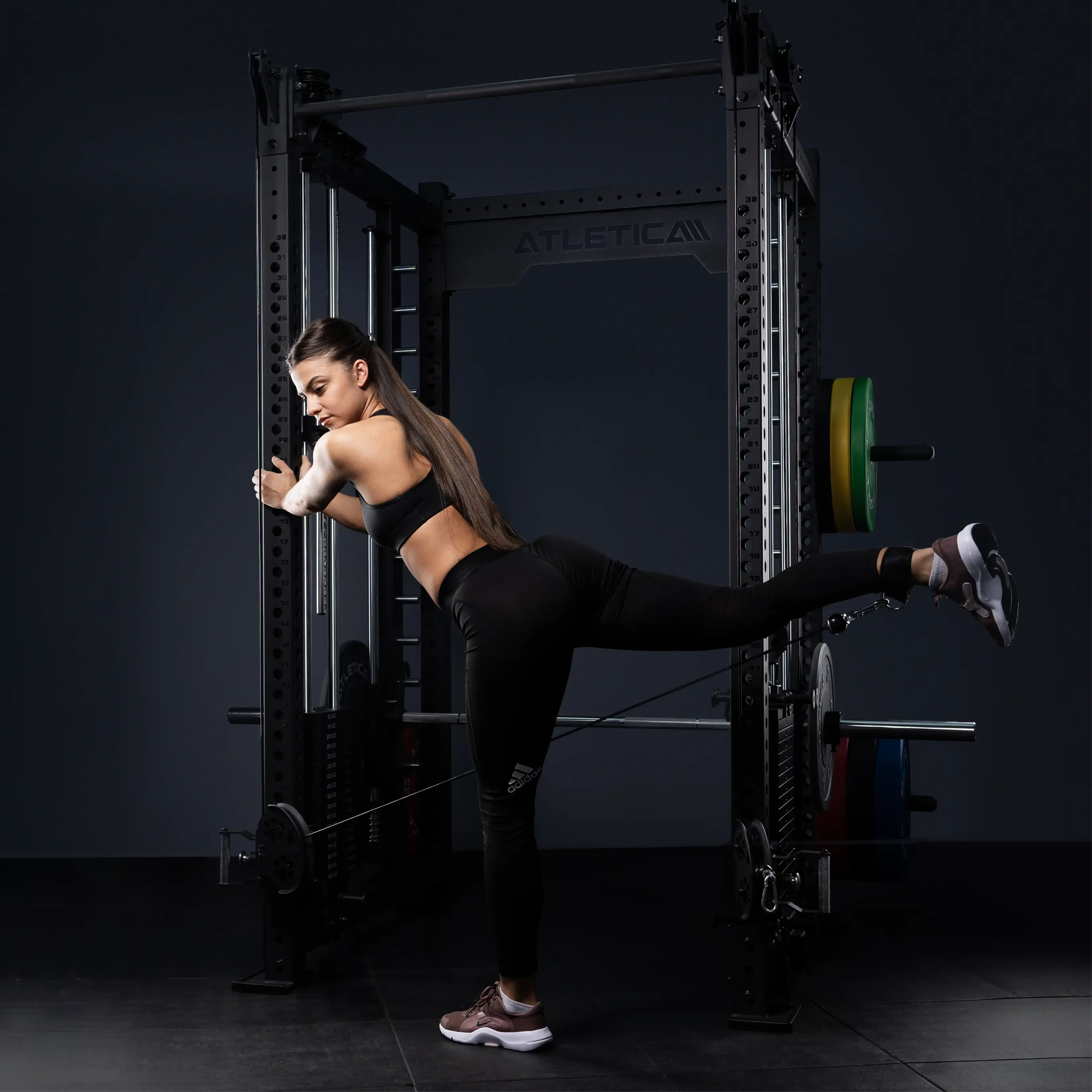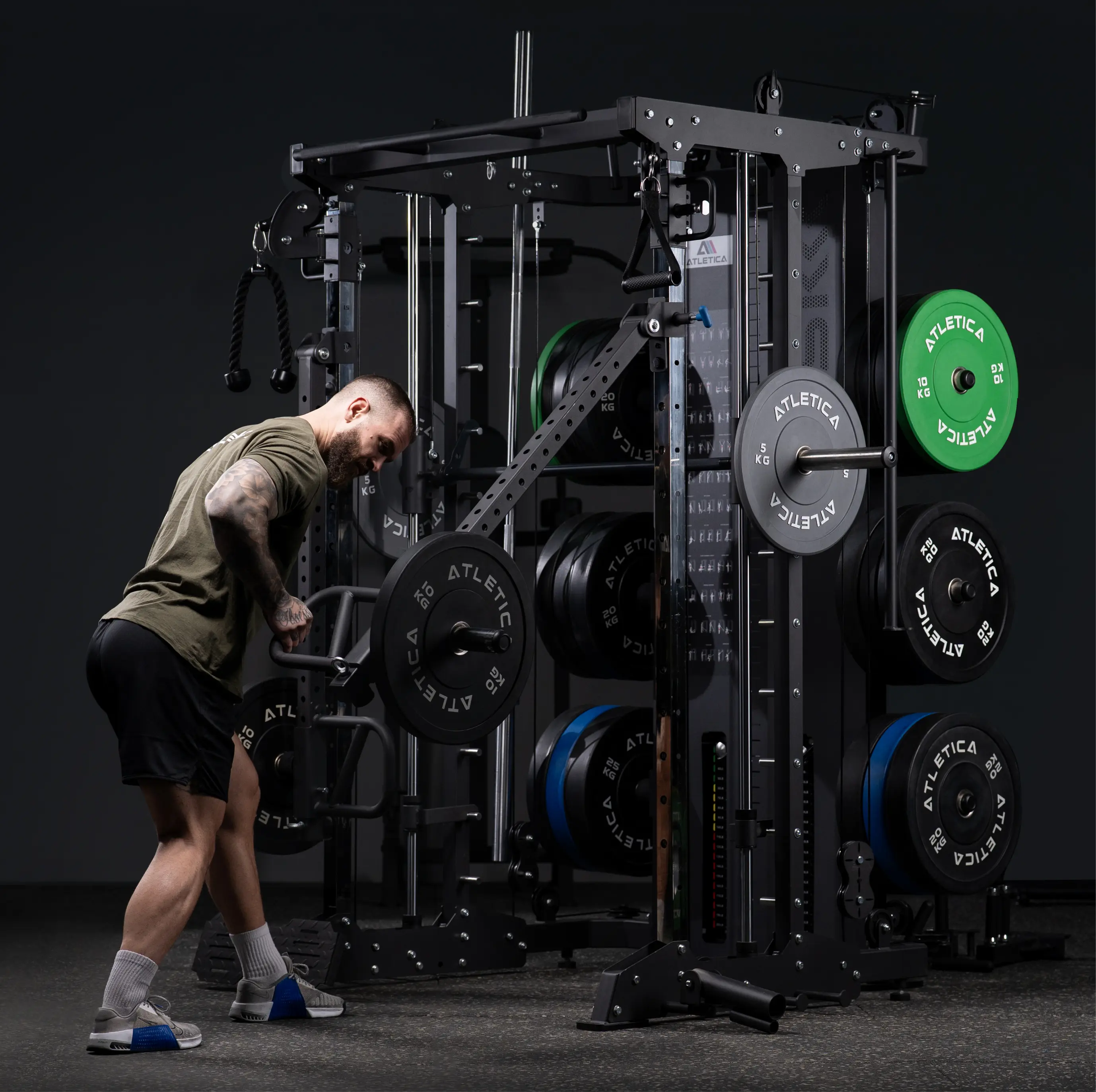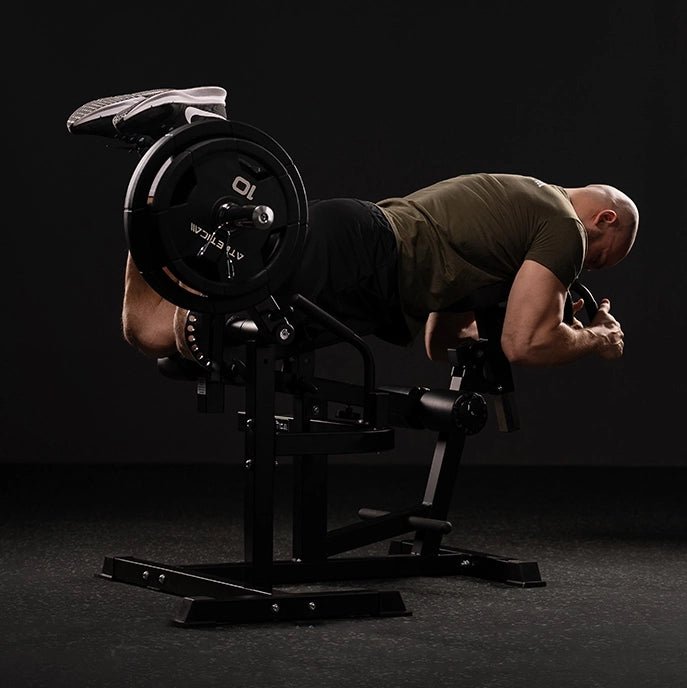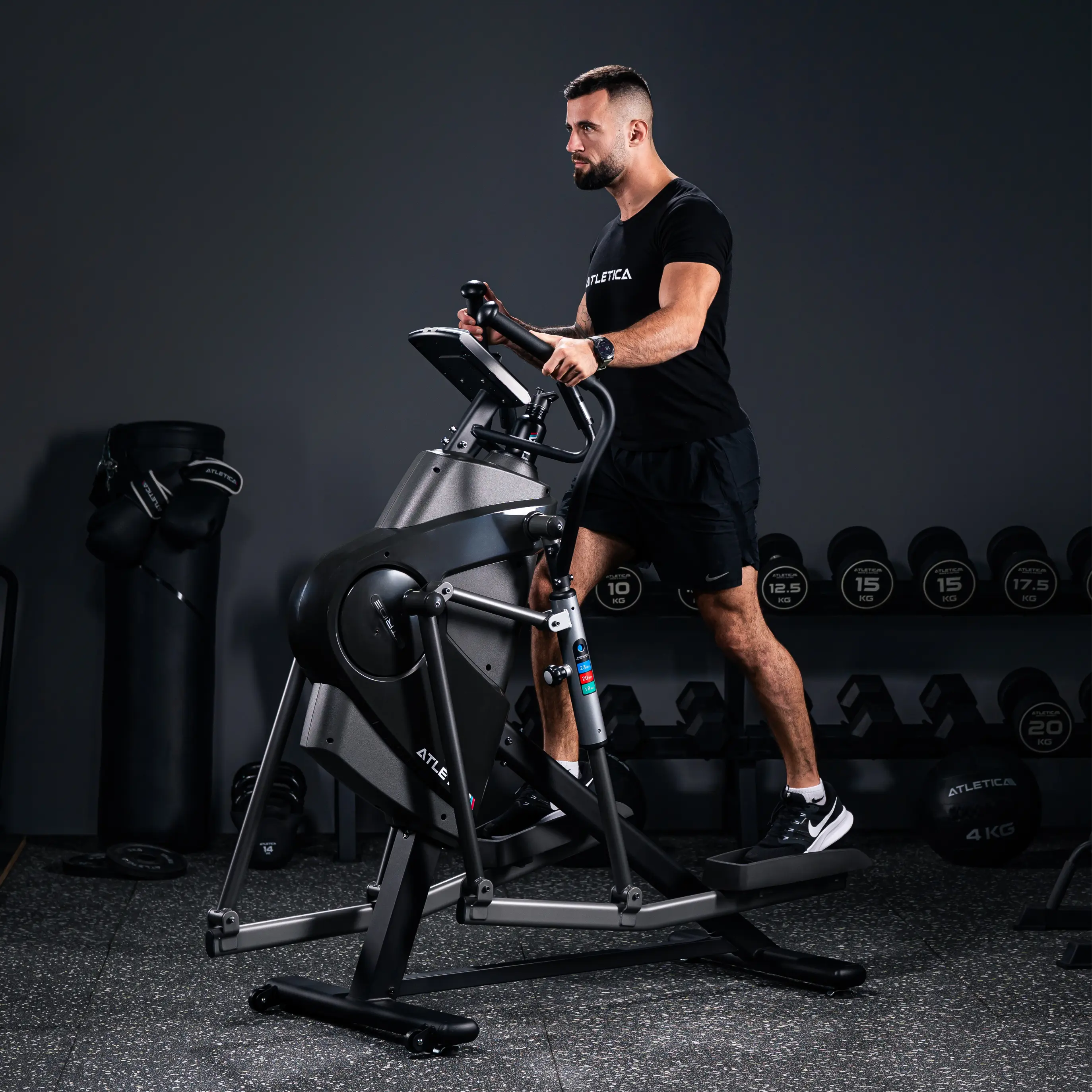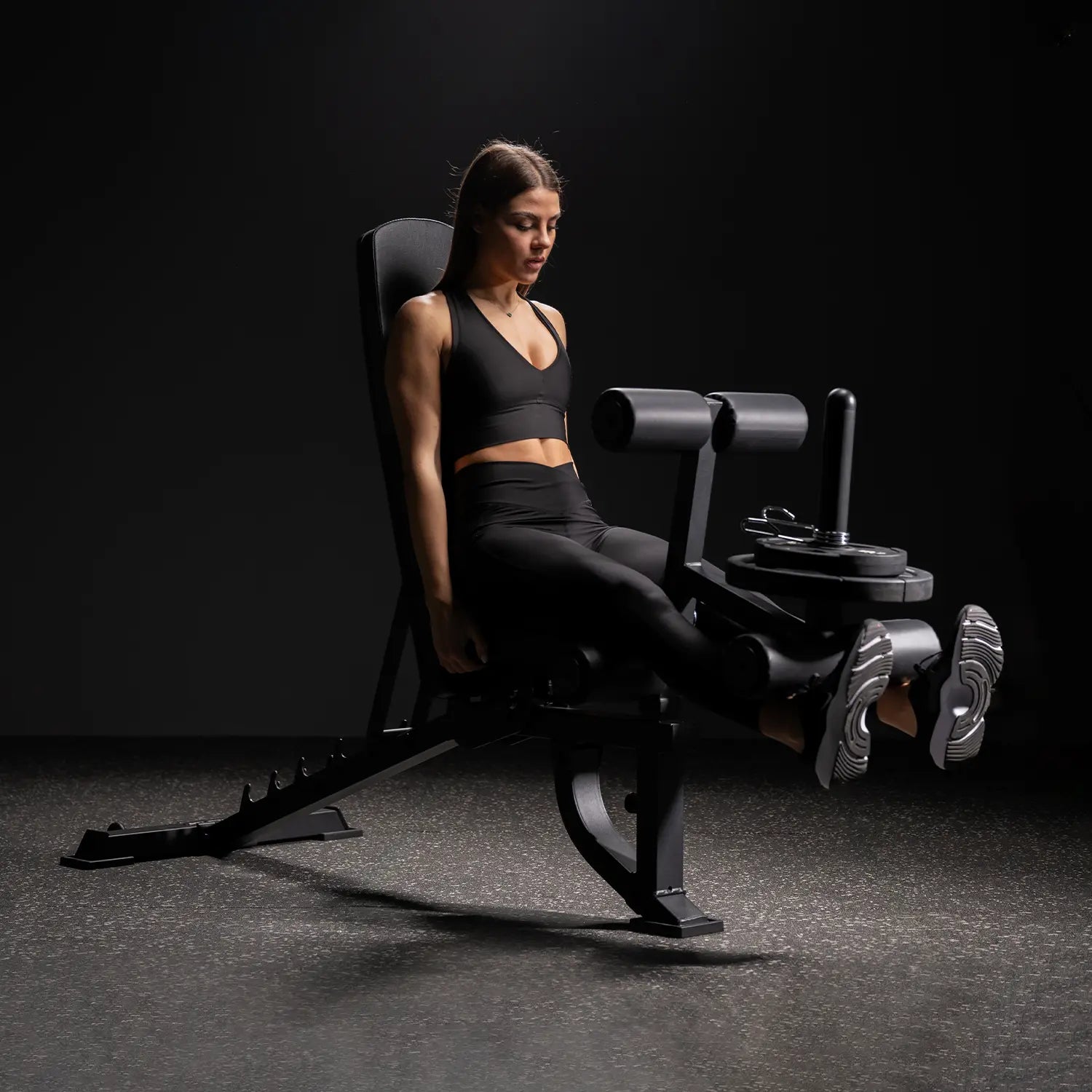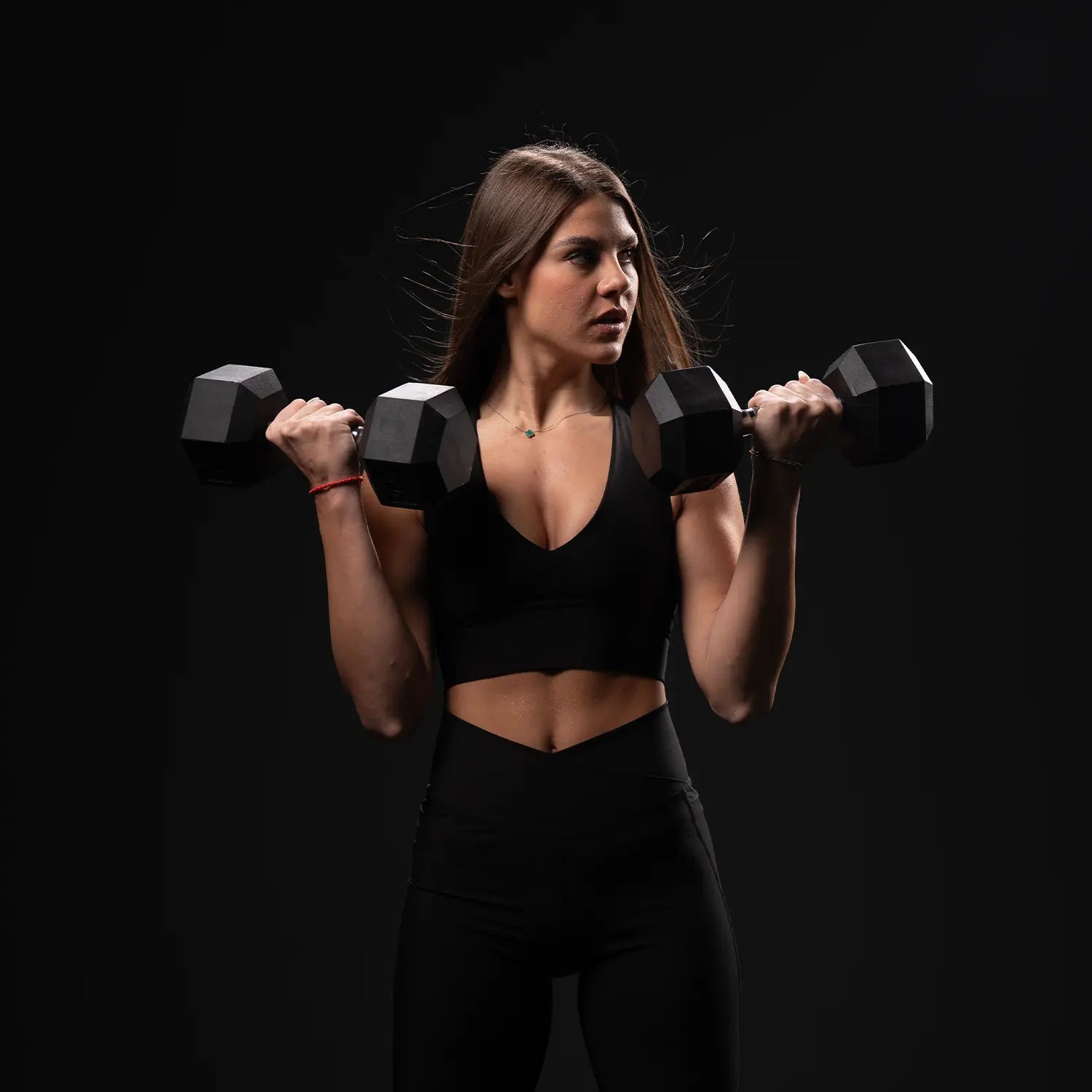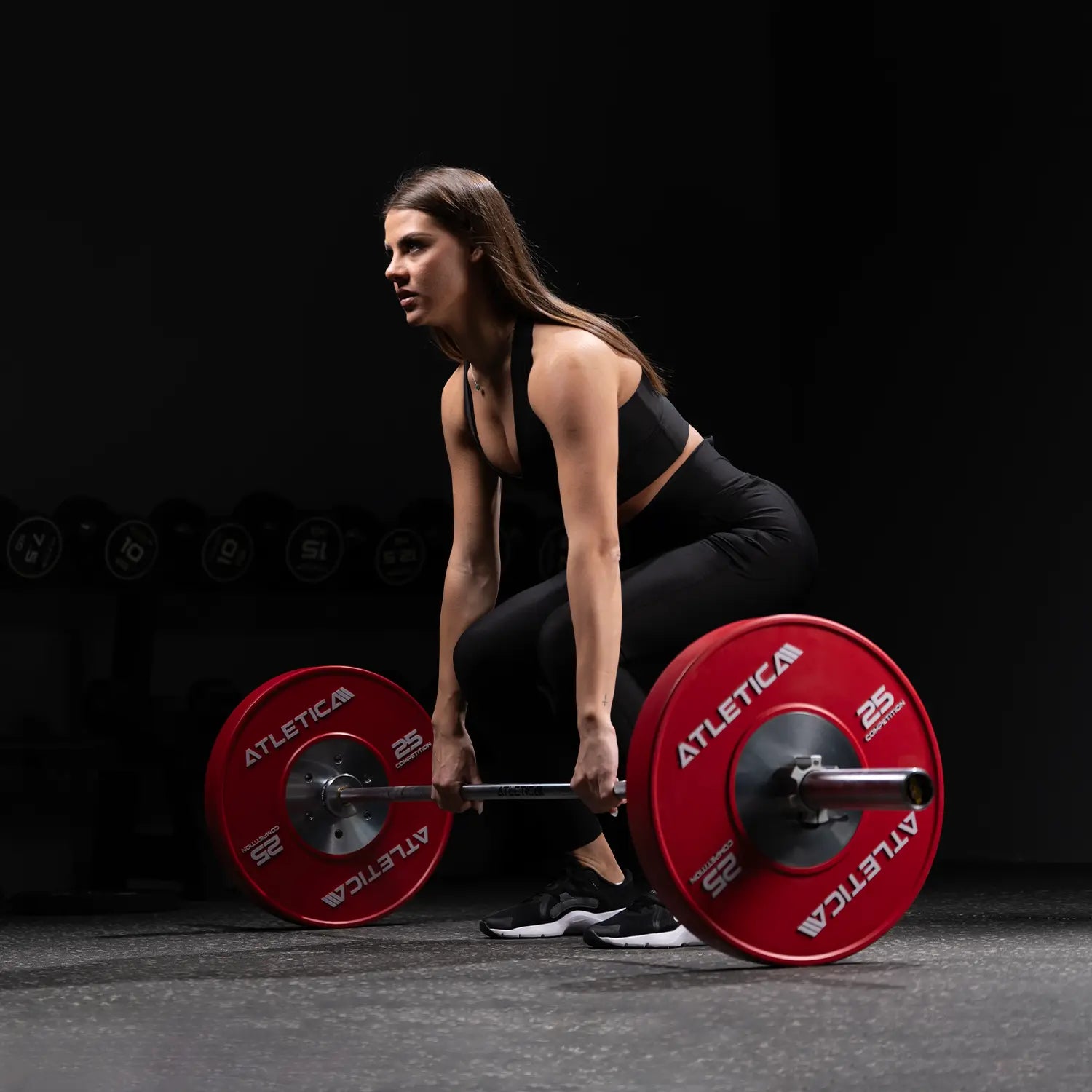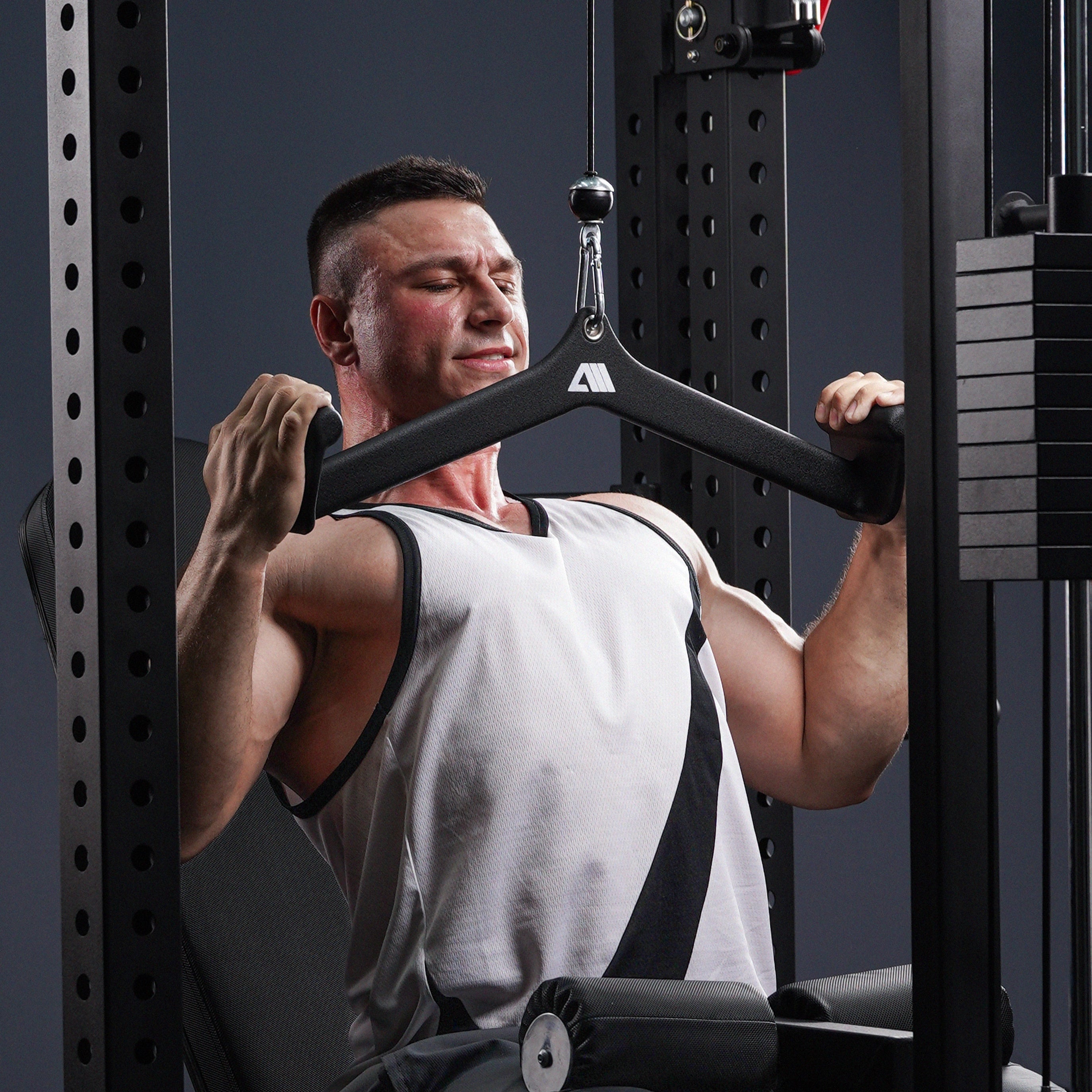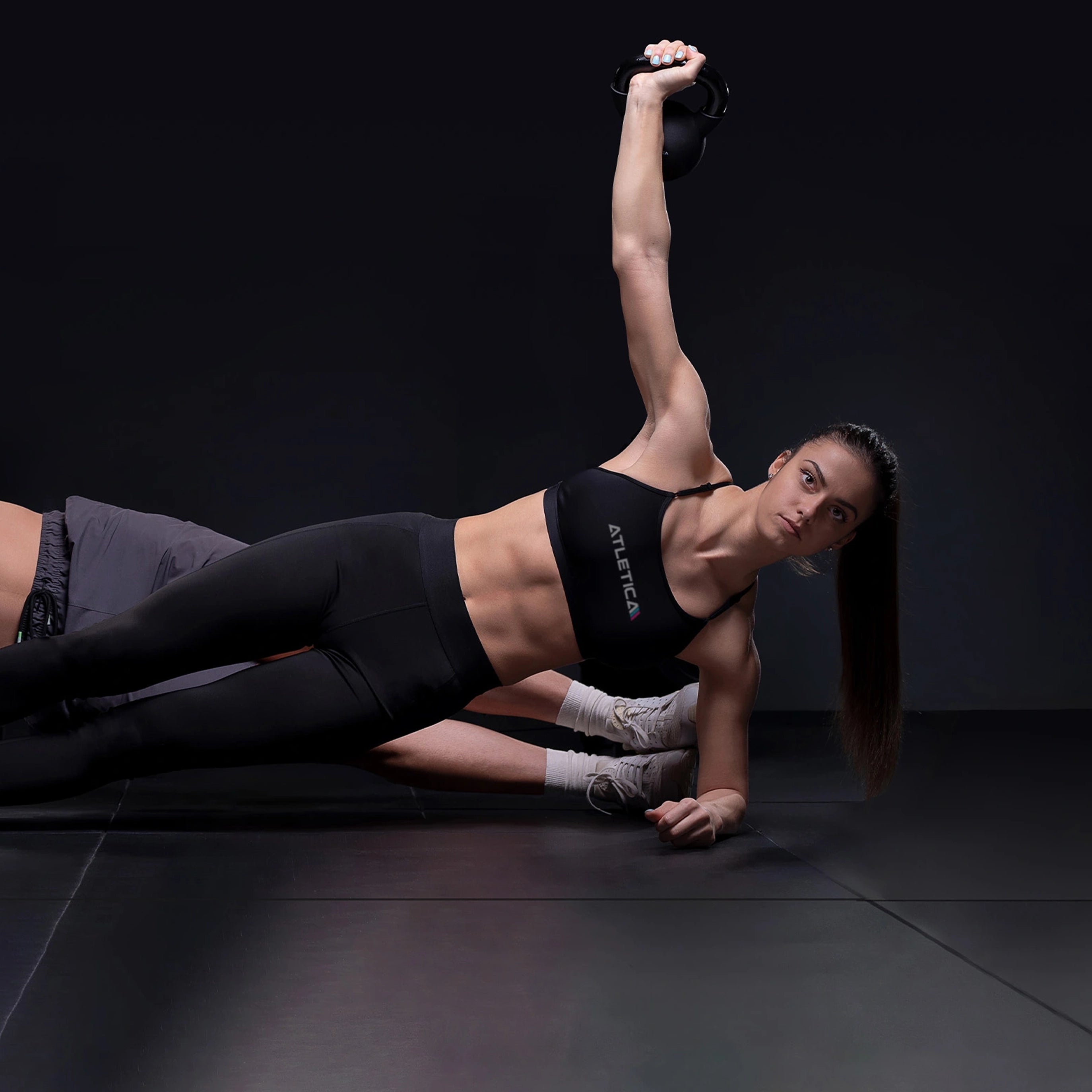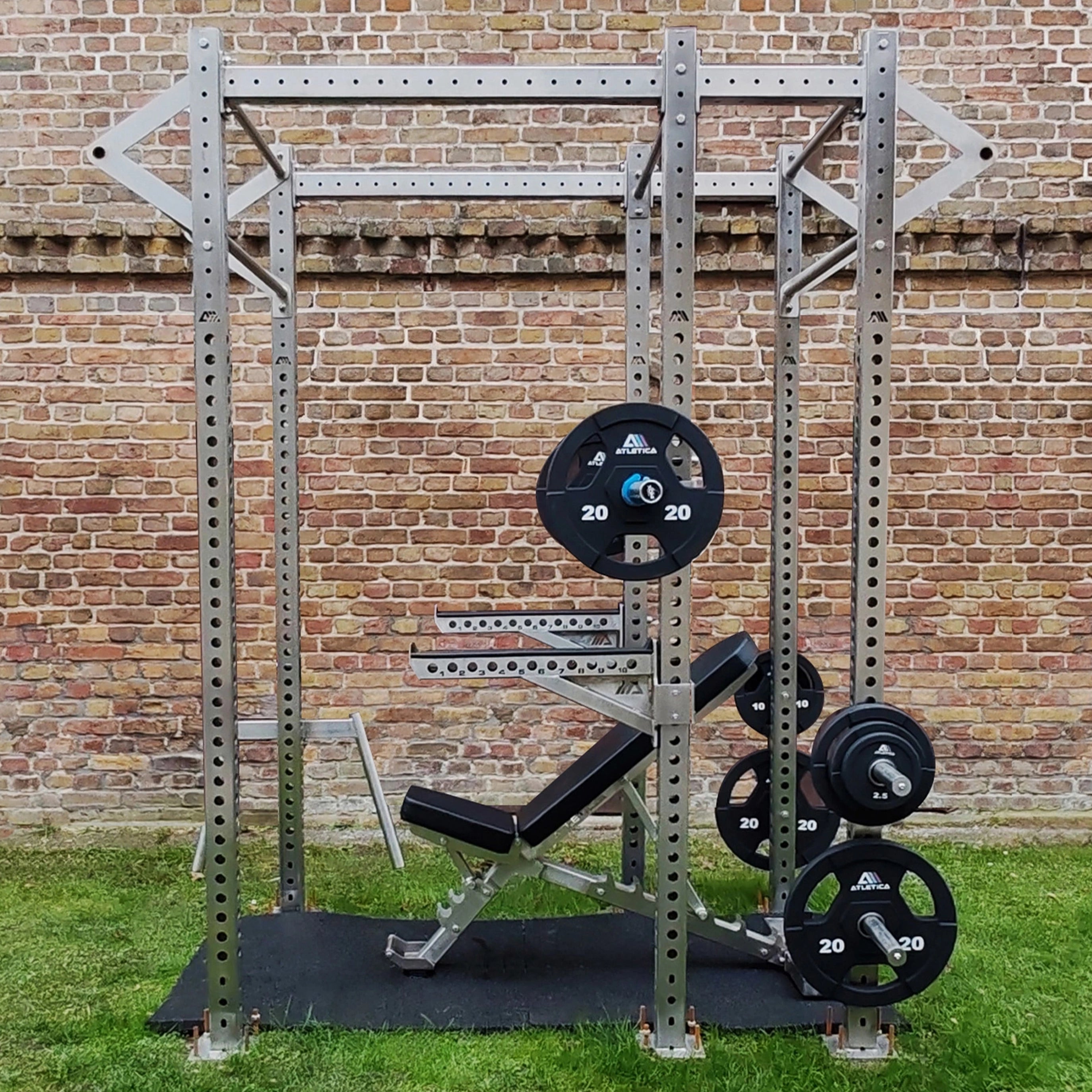Do you often feel tense, stiff, or sore after a workout? Then it's time for targeted stretching exercises. Stretching not only improves your flexibility but also helps prevent injuries and accelerates your recovery. In this article, we present the 10 best stretching exercises – for every day, every sport, and every level. Plus: the right tools from Atletica to make your stretching even more effective.

1. Why stretching exercises are so important
Stretching exercises improve the flexibility of your muscles, tendons, and joints. Regular stretching not only allows you to delve deeper into movements, but also improves circulation and relieves muscle tension. Other benefits:
- Improve posture
- less muscle soreness after training
- more freedom of movement during strength and endurance exercises
- Support mental relaxation
Greater mobility is also noticeable in everyday life: whether bending over, carrying something or standing up – you move more easily, safely and efficiently.
2. When should you stretch?
There are two main forms:
- Dynamic stretching: before training to prepare the muscles
- Static stretching: after training for regeneration
It's important not to stretch when your muscles are cold. A short warm-up or easy cardio on an Atletica indoor bike is sufficient.
A warm-up not only promotes circulation but also reduces the risk of injury. Stretching after intense workouts is especially beneficial—for both body and mind.

3. The 10 best stretching exercises from Atletica
1. Standing shoulder stretch
Helps with neck tension. Place one arm across your body and pull the other hand toward your chest.
2. Back stretch in child's pose
Known from yoga: get on your knees, lower your upper body forward, and stretch out your arms. Relieves pressure on the lumbar spine and intervertebral discs.
3. Chest opener on the wall
Ideal for those who sit a lot. Rest one arm against the wall and turn the body away from the arm. Opens the chest muscles and improves posture.
4. Cat-Cow Mobilization
From a quadrupedal position, alternately round and hollow your back. This activates the spine and helps relieve back pain and tension.
5. Stretch the back of the leg in a long seat
Sit on the floor, stretch your legs, bend forward, and reach for your toes. Strengthens the posterior chain and improves flexibility in your leg muscles.
6. Calves on the wall
One leg forward, the back leg remains straight, press your hands against the wall, and push your heel down. Very effective after cardio or leg training.
7. Front of thigh while standing
Pull one foot toward your buttocks, knees next to each other. Promotes balance, coordination, and releases muscle shortening in the thigh.
8. Lateral stretch while standing
Raise your arms above your head and alternately bend to the side. This helps relieve core tension, improves lateral mobility, and opens your flanks.
9. Buttock stretch while lying down
Lie on your back, cross one leg over the other, and pull it toward your chest. Releases deep tension in the lower back and hip area.
10. Stretching with the stretching strap
Perfect for beginners. Wrap the band around your foot, lift your leg straight, and slowly pull it back. Allows for controlled, intense stretching without overexertion.

4. Tools for your stretching training
With the right equipment, you can perform your stretching exercises more specifically and safely:
- Stretching Strap : for controlled static stretching
- Fascia roller: loosens muscles before or after training
- Balance Pad : for mobilizing exercises with instability
- Gymnastics mat : for comfortable and non-slip training
- Latex resistance bands : ideal for mobilization and activation before stretching
Even advanced users benefit from the combination of body weight and additional equipment – for higher intensity and better results.
5. How often should you stretch?
Ideally, 3–5 stretching sessions per week are recommended. Even 10 to 15 minutes per day can improve your flexibility in the long term. It's important to hold the stretching positions for at least 20–30 seconds and breathe consciously.
Tip: Incorporate stretching into your morning routine or at the end of your workout. Regularity is crucial to seeing progress. Stretching has a regenerative and balancing effect, especially after strength training.
6. Stretching exercises as part of a holistic training
Stretching exercises alone will increase your flexibility—but combined with strength and endurance training, they'll do even more. For example, use the Atletica cross trainer for your warm-up, strengthen your muscles with dumbbells, and finish it all off with stretching.
This combination not only improves your performance but also protects against overload and poor posture.

Conclusion: Stretching exercises with Atletica make you more flexible
Whether you're a sedentary person, actively training, or simply want to become more flexible, targeted stretching exercises will bring your body into balance. With the right equipment from Atletica, you can effectively integrate stretching into your daily routine.



